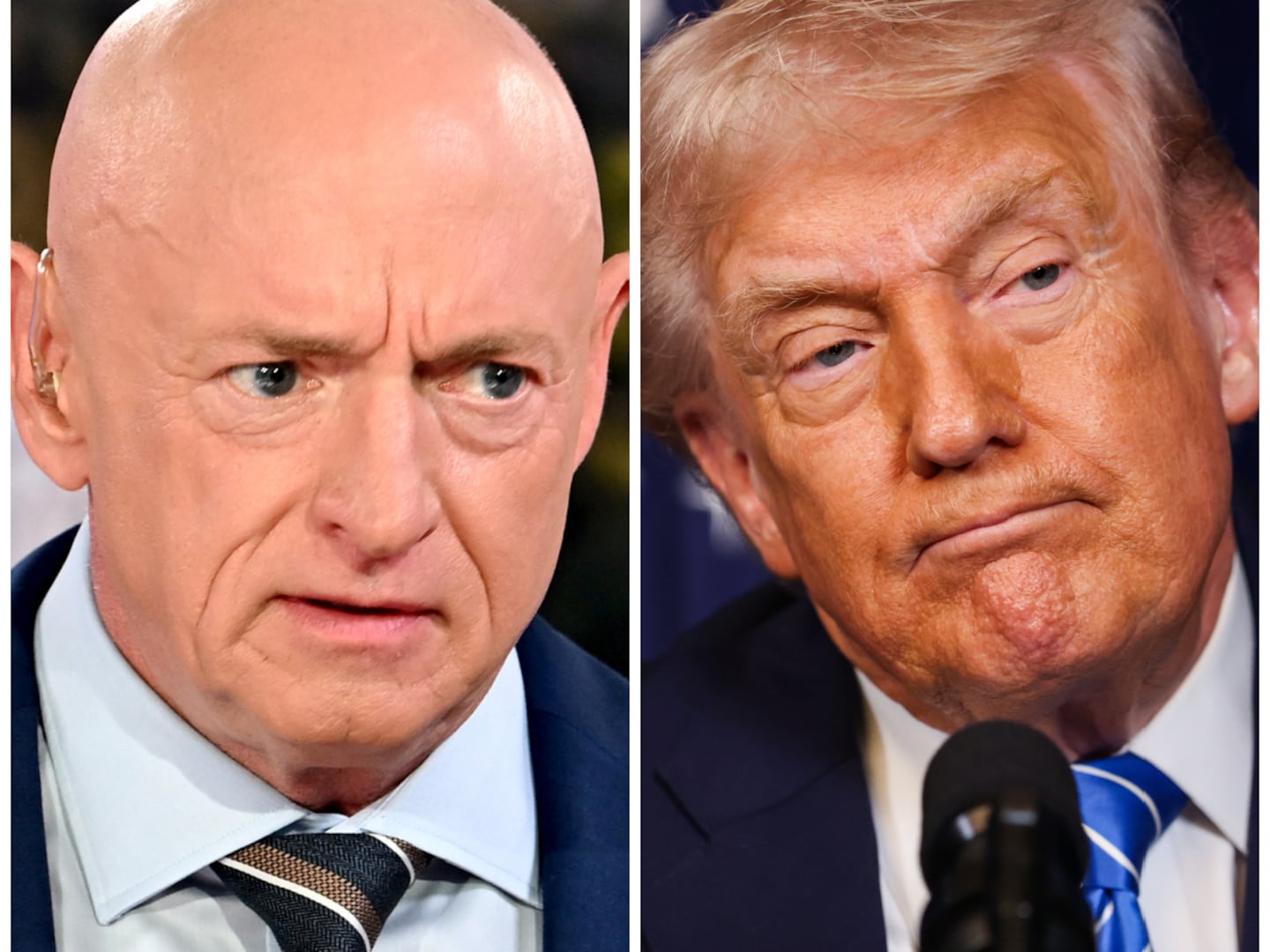When Brave hit theaters in the summer of 2012, Pixar was lauded for, after 17 years, finally creating its first female protagonist. The “radical,” frizzy-haired Princess Merida was a rebellious tomboy and an expert archer who, even as a princess in patriarchy-governed medieval Scotland, refused to be given away for marriage or really have a love interest at all.

But Merida, for all her breaking of the princess mold, didn’t leave a lot of room for femininity. When a “glammed-up” version of Merida appeared on Disney’s website, complete with a sparkly dress, eyeliner, and a lower neckline, the backlash centered on what some saw as the sexualization of Disney’s most asexual princess. The company yanked the illustration and rightfully so—it was untrue to Merida’s character. But in real life, we know that girls don’t have to hate the idea of marriage or stay away from pretty dresses to be feminists, a point that’s driven home in the fantastic Frozen, Disney’s best film in years.
Frozen tells the story of Elsa and her younger sister Anna, orphaned princesses of a Norwegian kingdom called Arrendelle. Elsa (voiced by Wicked’s powerhouse Idina Menzel) has the ability to freeze whatever she touches, a power she can’t control. This forces her into self-imposed isolation. Elsa and Anna are not tomboys. Anna (Kristen Bell), aside from being funny, eager, and a little awkward, is unabashed about her dream of finding true love. Less than half an hour into the movie, she’s sung an entire song about finding Mr. Right, met a charming prince, dueted with him, accepted his marriage proposal...and made audiences throw up all over their seats.
Anna is being ridiculous. But unlike Snow White or Sleeping Beauty, the world of Frozen knows that. It uses Anna’s ill-thought-out engagement to show exactly why the cliché is unrealistic and absurd—in her case, it even proves dangerous as (spoiler!) her charming prince turns out to be a two-faced villain.
True, Anna and Elsa are still pretty princesses—the most uncreative role given to women in children’s movies. (Why “princess” is still animators’ default choice for lead female characters is confusing; Hayao Miyazaki’s Studio Ghibli films consistently have girls carry a film without a tiara.) But snap judgments of Frozen based on the princess factor (or on Disney Animation supervisor Lino DiSalvo’s comments about how women are hard to animate because they must express emotions while still looking “pretty”) discount the movie’s sly subversion. Damaging tropes from past Disney movies are presented and systematically debunked: From love at first sight to damsels in distress, Frozen shows us how not to make a princess movie.
Screenwriters and co-directors Chris Buck and Jennifer Lee (Disney’s first female animated feature director) never show Anna or Elsa being rescued by men. Once Elsa accidentally freezes Arrendelle and flees to a far-off mountain, it’s Anna who rides off alone in search of her sister. She meets up with Kristoff, a burly mountain man voiced by Jonathan Groff, whom she enlists because her horse runs off and he conveniently has a reindeer and sleigh. Though they dive off cliffs and face a giant snow monster together, transportation is the only way Kristoff ever actually helps Anna. He rides with her to her sister’s ice castle then, when things go wrong, he rides with her back to Arrendelle. In one scene of role-reversal, he finds himself dangling off a cliff. Anna has to pull him to safety.
Not that Kristoff doesn’t try saving her. In the movie’s big climax, he races back toward Arrendelle to rescue Anna from a curse that will freeze her unless an act of true love is performed. We’re tricked into thinking this means that Anna’s until-now platonic friend has to kiss her. Instead, in another of Frozen’s perfectly devised fake-outs, Kristoff never comes within fifty feet of her. Anna sees him from across the ice, hesitates, and chooses to help her sister instead. The love between Anna and Elsa is what Frozen wants its audience to recognize as “true love” —not whatever a princess and some guy she just met share.
Elsa, meanwhile, never has a love interest. While Anna’s story dissects love, Elsa’s revolves around power, isolation, and fear. Truly alone for the first time on the mountain, she unleashes the full potential of her ice abilities. Her new freedom is visually manifested in a gorgeous ice castle and (gasp!) a decidedly sexier dress. Whereas before, Elsa covered herself to her neck and hid herself away for fear of hurting others, her new sparkling outfit boasts sheer, off-the-shoulder sleeves and a slit that runs a few inches above her knees. While she sings about being happy “for the first time in forever,” she lets her hair down, shimmies her hips, and puffs out her chest. Here she is powerful, independent of the male gaze. For a Disney heroine, finding empowerment in her own feminine physicality, for herself and not the prince, is revolutionary.
The steps that Frozen takes to make its heroines stronger than their predecessors are minor by real-life standards. But within the narrow scope of Disney animations, the idea of a girl showing skin for her own enjoyment is still new. As nice as it would have been to dispense with the fairy tale tropes altogether, they are necessary here. Frozen is a transitional step from movies like the nightmarishly retrograde Little Mermaid, to films that won’t need to explicitly tell little girls that true love doesn’t have to involve marrying a prince or being rescued.






